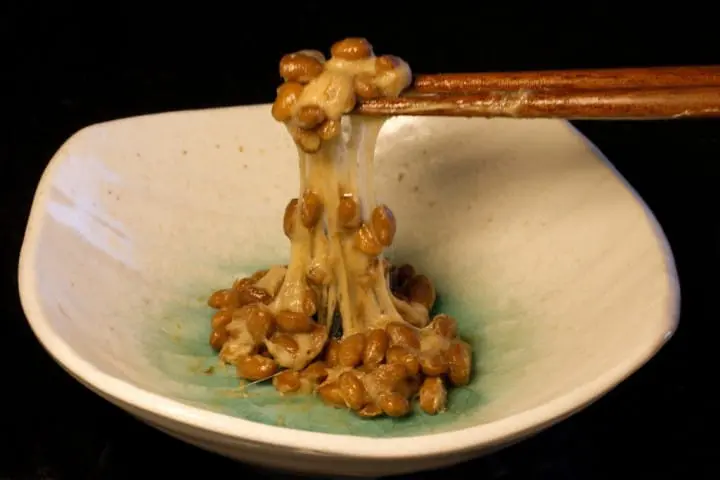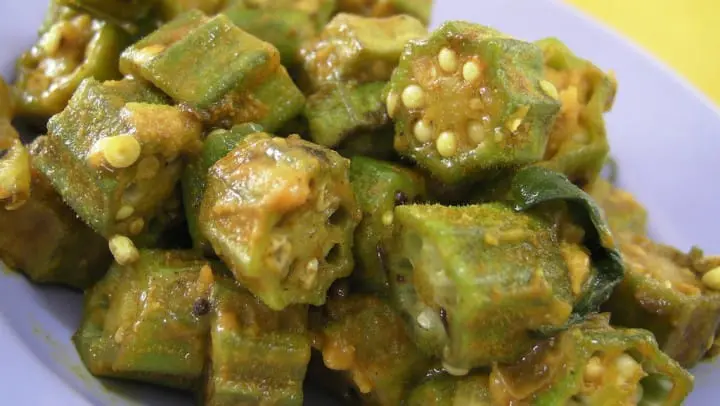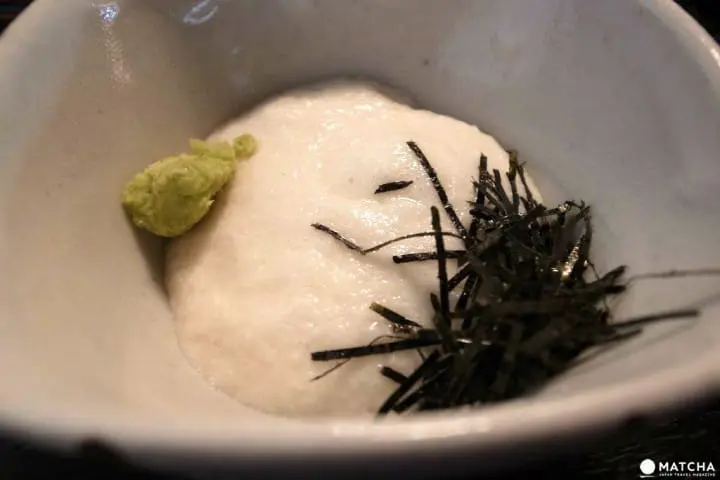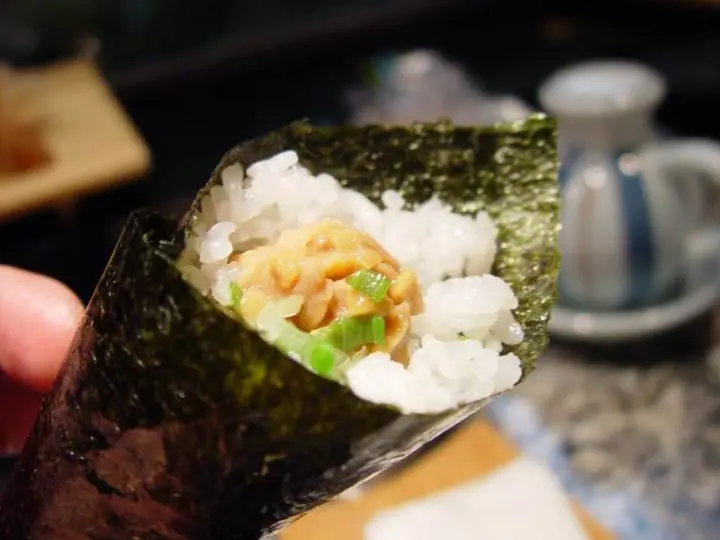Neba Neba - Japan’s Slimy Delights

Slimy foods such as natto, okra and tororo are healthy and really tasty staple foods. In this article, we introduce the most common ones and the best ways to enjoy them.
Japan takes pride in many of its famous foods and dishes, but there is a certain type of food that foreigners sometimes have a hard time enjoying. It's the popular neba neba - a variety of slimy foods, and sometimes stinky dishes that are staples of the Japanese diet. The expression “neba neba” is a Japanese idiophone, which is supposed to resemble the sounds you make when eating these types of foods.
Let's take a look at some Japanese staple foods that many newcomers to Japan are either intrigued or scared by. Neba neba foods have always been very popular among the health conscious. Perhaps you have already seen countless Youtube videos of people eating natto, and the reactions they have to it. You may also have seen an unidentifiable white slime at restaurants or the popular vegetable okra, that is widely used all around the world.
Some of these foods are just a few examples of slimy neba neba foods that are available in Japan. Although some are acquired tastes, most neba neba foods come with huge health benefits. They are also usually reasonably priced and quick reliable food items in Japan, so why not try them out?
Natto - Fermented Soybeans

Natto is probably the most common and widely known of the neba neba foods. It has got the reputation as the smelliest one. Easily available, this neba neba food is quite common among both Japanese people and visitors from abroad.
Natto are soybeans that have been through a fermentation process once a bacterial culture has been added to the mix. The production of natto is fairly easy.
Natto is considered a healthy food staple in Japan, and the locals eat natto in various types of dishes. It's especially popular as a breakfast dish, as well as a type of convenient side dish or filling for rice.
The smelly and slimy texture of natto does make this food a bit harder to enjoy if you have never tried before. Among tourists and foreign residents, it is considered an acquired taste. But with the slime and smell aside, the health benefits of natto does make this a food worth giving a try, as natto is rich in iron and vitamins, being also a food that is known to solve digestion problems.
Okra - A Vegetable with a Twist

Okura, or okra as it's often spelled in English, is a green slimy vegetable that you will find at the greengrocer's or at your supermarket. Okra is also available in frozen form making it easier to cook with. On the outside, it might look like any other green vegetable, but on the inside, the white slimy seeds are what leads to its specific texture.
Originally a vegetable that was imported to Japan, it has become one of the most common neba neba foods. Okra is known as a rich source of fibers and vitamins, and you will often find it as a topping on rice or noodles, as a sushi filling or just as a side dish.
Tororo - Grated Yam

You may have seen this slimy white mysterious texture before being served as a side dish in restaurants, or you may have seen bags of this neba neba ingredient at the supermarket. Tororo is a made from grated yam, a vegetable that gets slimy once it's grated. It's mostly served on top of noodle dishes, but it can also be enjoyed on its own served with a bit of soy sauce. It's very rich in vitamin B, as well as in minerals.
Other Delicious Slimy Foods

Although natto, tororo and okra may be the best-known neba neba foods, there are also other foods that are considered neba neba, but maybe not that common. Nameko, for example, are a type of Japanese mushrooms that can be considered neba neba due to their sticky coating and texture. These mushrooms are also popular as a noodle dish topping or served with other neba neba foods.
Some types of seaweed are also considered neba neba due to their texture. Mekabu is a type of wakame seaweed, while mozuku is another sea vegetable that only grows in Okinawa and is mostly used in Okinawan cuisine.
These seaweeds are rich in vitamins and iron. What they have in common with the other neba neba foods is that they are a healthy addition to one's diet.
How to Enjoy Neba Neba Foods

Neba neba foods are all pretty common and inexpensive. You can choose to eat neba neba for any meal, either as a side dish or as a topping to your noodle and rice dishes. Natto will be the most available neba neba food, being sold at supermarkets, convenience stores and even drug stores.
Neba neba foods are very popular in sushi restaurants, both the pricier ones and conveyor belt ones, as neba neba ingredients such as natto, tororo and okra are common sushi fillings.
Combining them with other foods such as rice will make it easier to enjoy them. Although the texture and smell might be different than that of foods you are used to, neba neba foods are of great importance due to their health benefits and availability. Having tasted at least one of them will become an exciting experience and a new insight into the Japanese food culture.
Discovering Japan by travelling.

































![[2026] Top 5 Strawberry Picking Spots in Tokushima, Naruto| Farms and Access Guide for January to May](https://resources.matcha-jp.com/resize/720x2000/2025/03/06-227165.webp)



